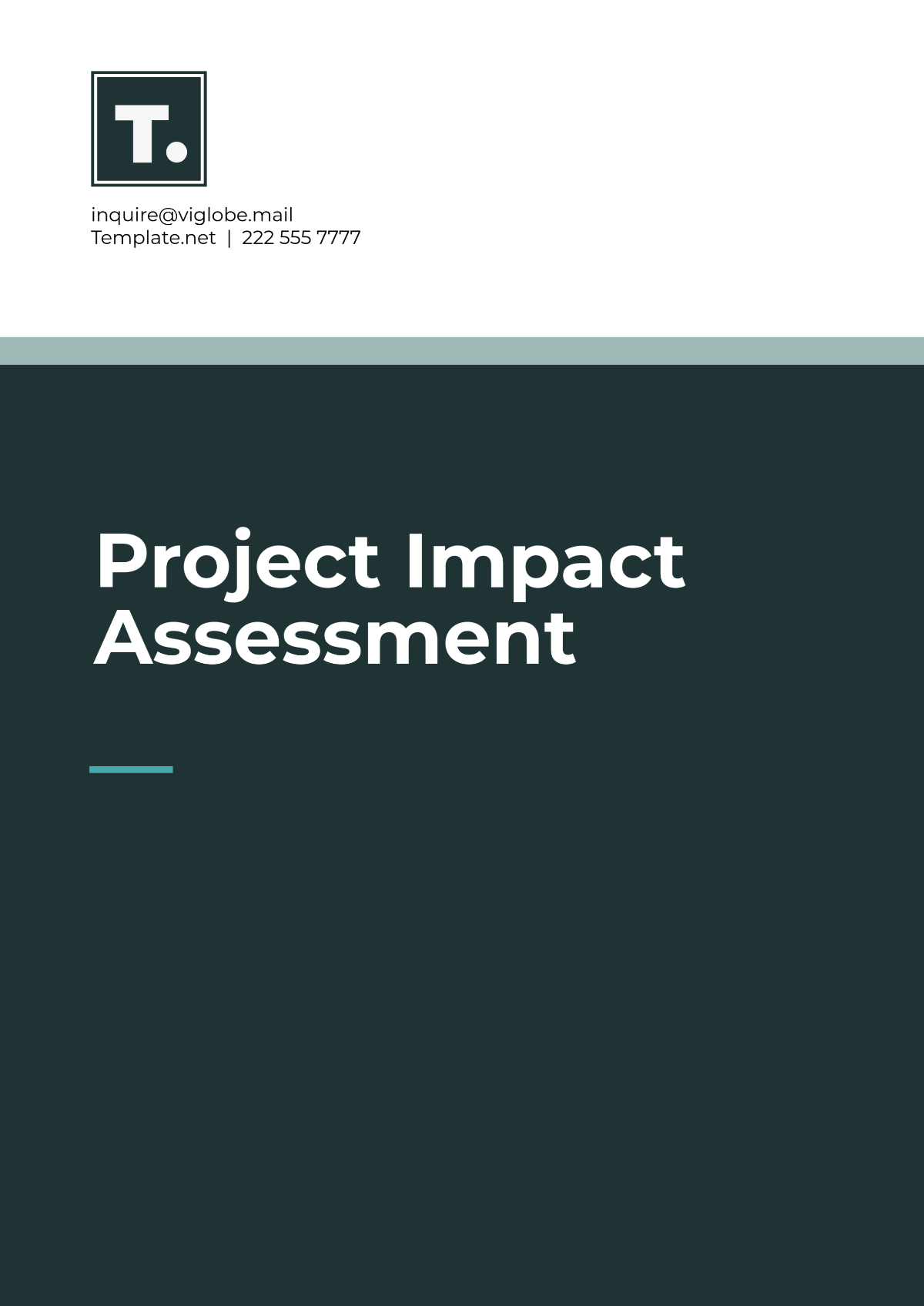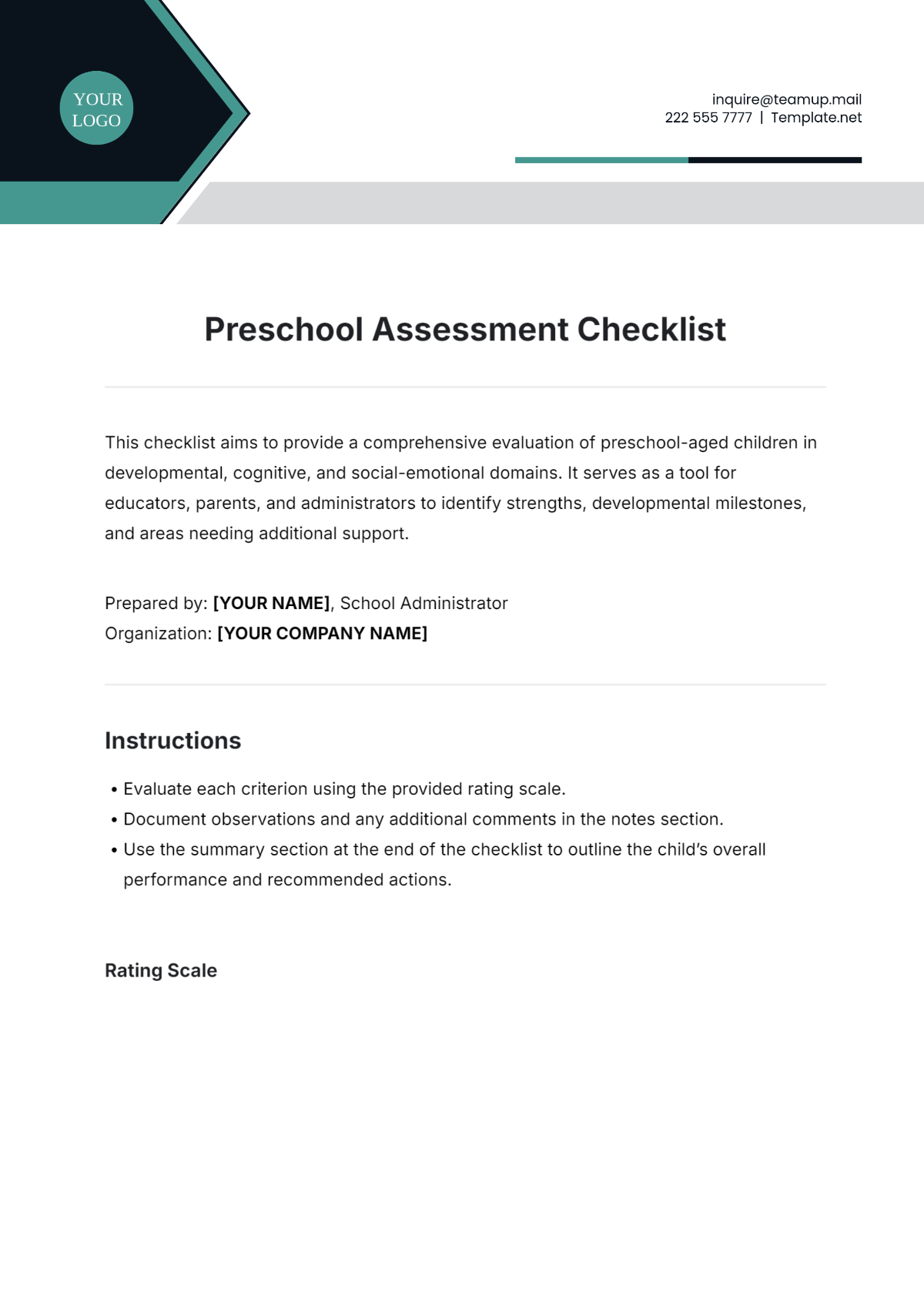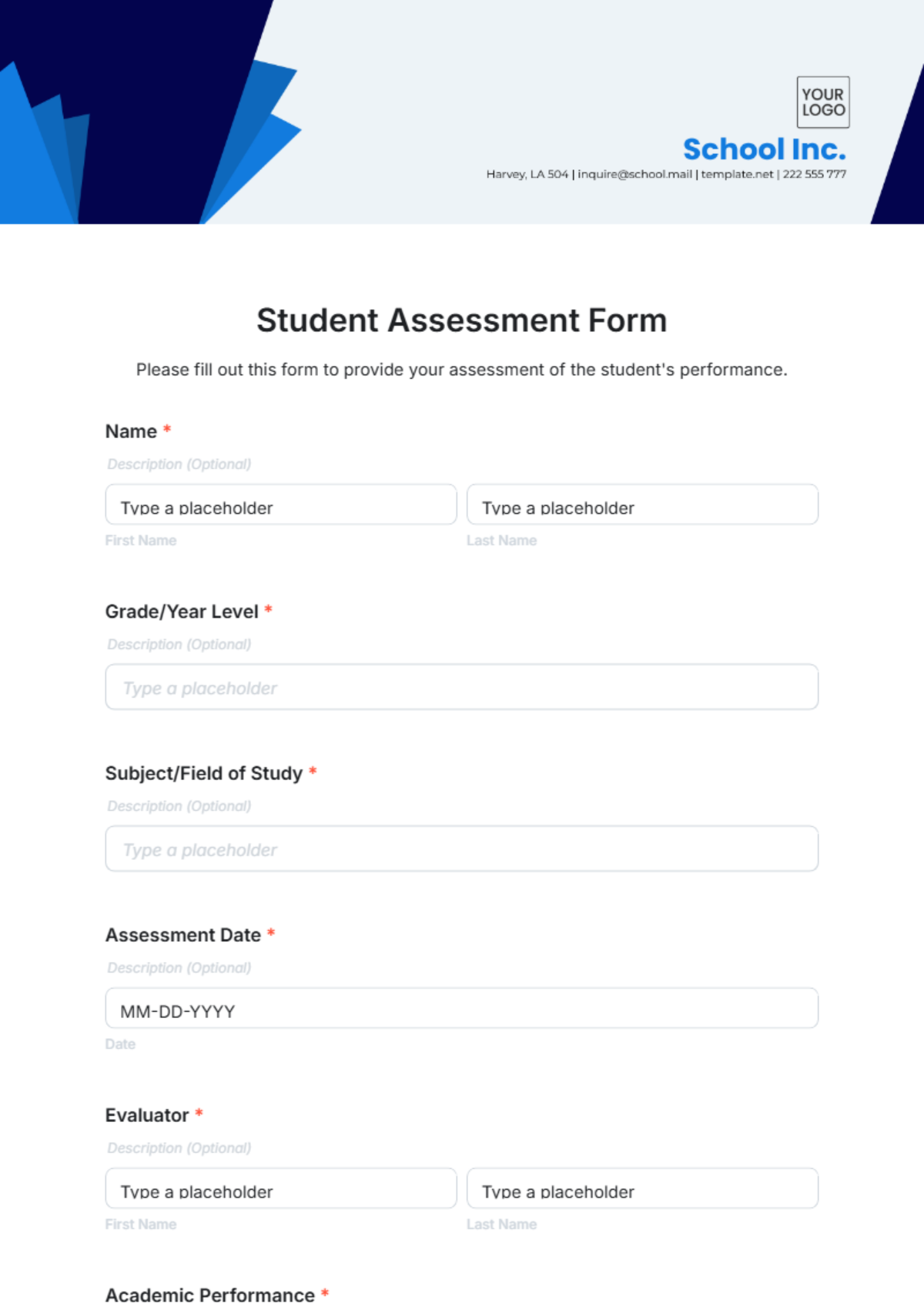Project Assessment Report Outline
I. Executive Summary
This report provides a comprehensive assessment of the project, evaluating its success, challenges, and future recommendations. It synthesizes findings from various phases of the project lifecycle and offers strategic insights for stakeholders.
II. Introduction
The objective of this project assessment is to provide an in-depth analysis of the project's performance. This analysis includes a review of the project's goals, execution, results, and any deviations from the original plan.
Project Background
The project aimed to achieve specific outcomes within a stipulated timeframe and budget. The key objectives were to enhance operational efficiency and deliver innovative solutions. The following sections detail the project's context, scope, and intended impacts.
III. Project Objectives and Scope
The primary objectives of the project included increasing market share, improving service delivery, and leveraging technology for operational excellence. The scope of the project was defined to ensure alignment with organizational goals while being adaptable to changing environments.
Objectives
Improve product delivery by 20% within one year.
Increase customer satisfaction ratings by 15% by the end of the project.
Reduce operational costs by implementing automation solutions.
Scope
Development and deployment of a new software platform.
Training for staff to manage new technologies and processes.
Integration with existing systems and processes.
IV. Methodology
The project followed a structured methodology with distinct phases: initiation, planning, execution, monitoring, and closure. A blend of qualitative and quantitative data was used to assess the project comprehensively.
Data Collection Methods
Various methods were employed to gather data, including surveys, interviews, focus groups, and observation. This combination provided a well-rounded understanding of the project's impact.
V. Findings and Analysis
The analysis of findings reveals critical insights into the project's performance concerning its initial objectives and scope. Detailed evaluations are provided below.
Project Performance
Criteria | Planned Value | Actual Value | Variance |
|---|---|---|---|
Product Delivery Improvement | 20% | 18% | -2% |
Customer Satisfaction Increase | 15% | 17% | +2% |
Operational Cost Reduction | N/A | 10% | N/A |
Challenges Encountered
Scope Creep: Changes in project scope that were not originally anticipated.
Technical Difficulties: Integration issues with existing systems.
Resource Allocation: Delays due to insufficient resource allocation during critical phases.
VI. Recommendations
Based on the findings, several recommendations are proposed to enhance future projects and maintain alignment with organizational objectives.
Project Management Improvements
Implement more robust change management processes to mitigate scope creep.
Increase cross-departmental collaboration to better allocate resources.
Enhance training programs for staff on the new technologies introduced.
Strategic Initiatives
Invest in scalable technology solutions to accommodate future growth.
Foster a culture of continuous improvement and innovation.
Regularly review project objectives and outcomes to ensure alignment with strategic goals.
VII. Conclusion
The project achieved several of its objectives, notably in improving customer satisfaction and reducing operational costs. However, challenges like scope creep and technical difficulties indicate areas for improvement. By implementing the recommendations outlined, future projects can be executed with greater efficiency and success.
VIII. Appendix
This section includes additional supportive data and documents referenced throughout the report. Appendix materials vary from detailed findings, spreadsheets, or additional documentation pertinent to the executive summary and recommendations.
Data Sources
A comprehensive list of all data sources utilized for this report is provided here, encompassing both internal data and external research sources employed in the project assessment.

















































